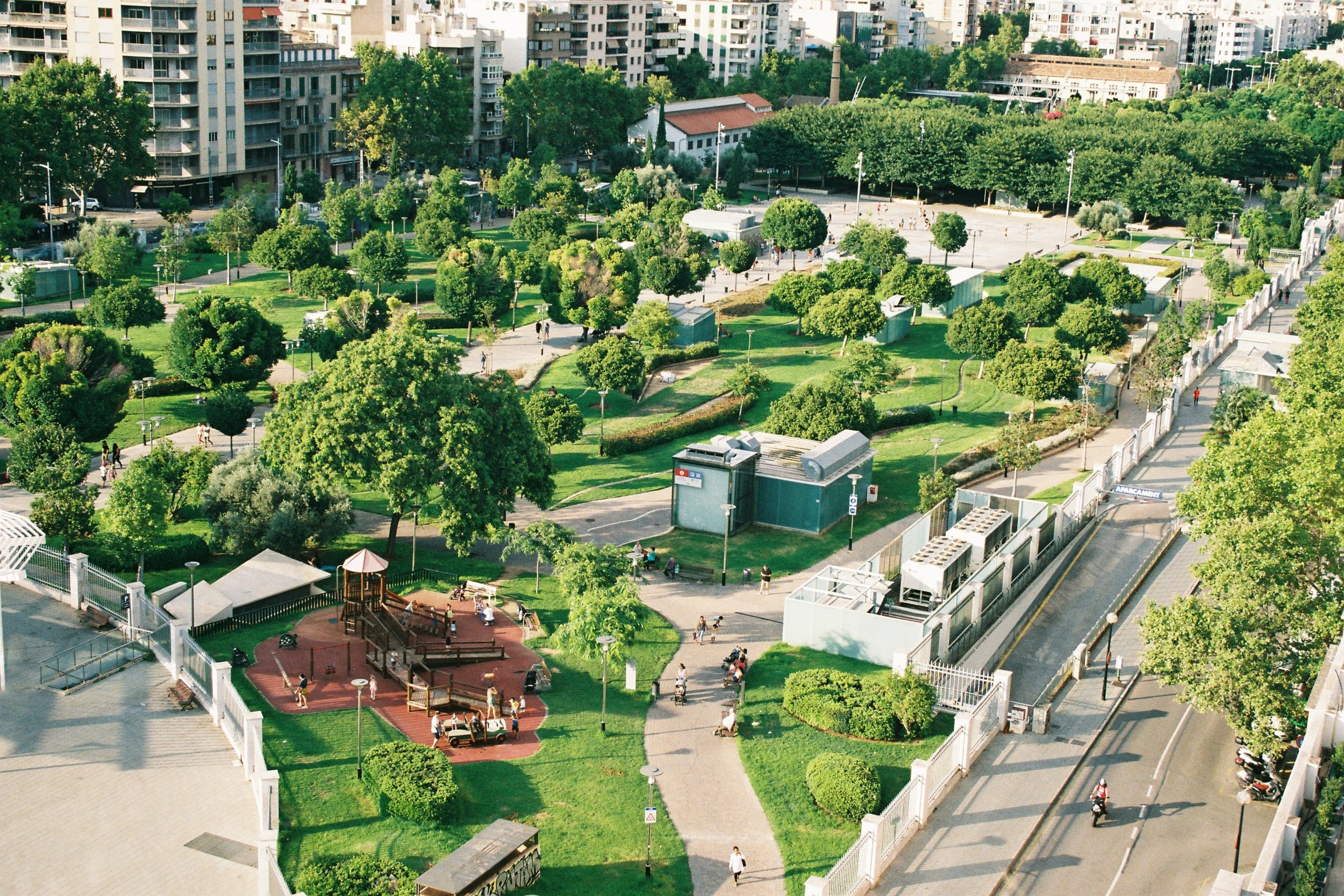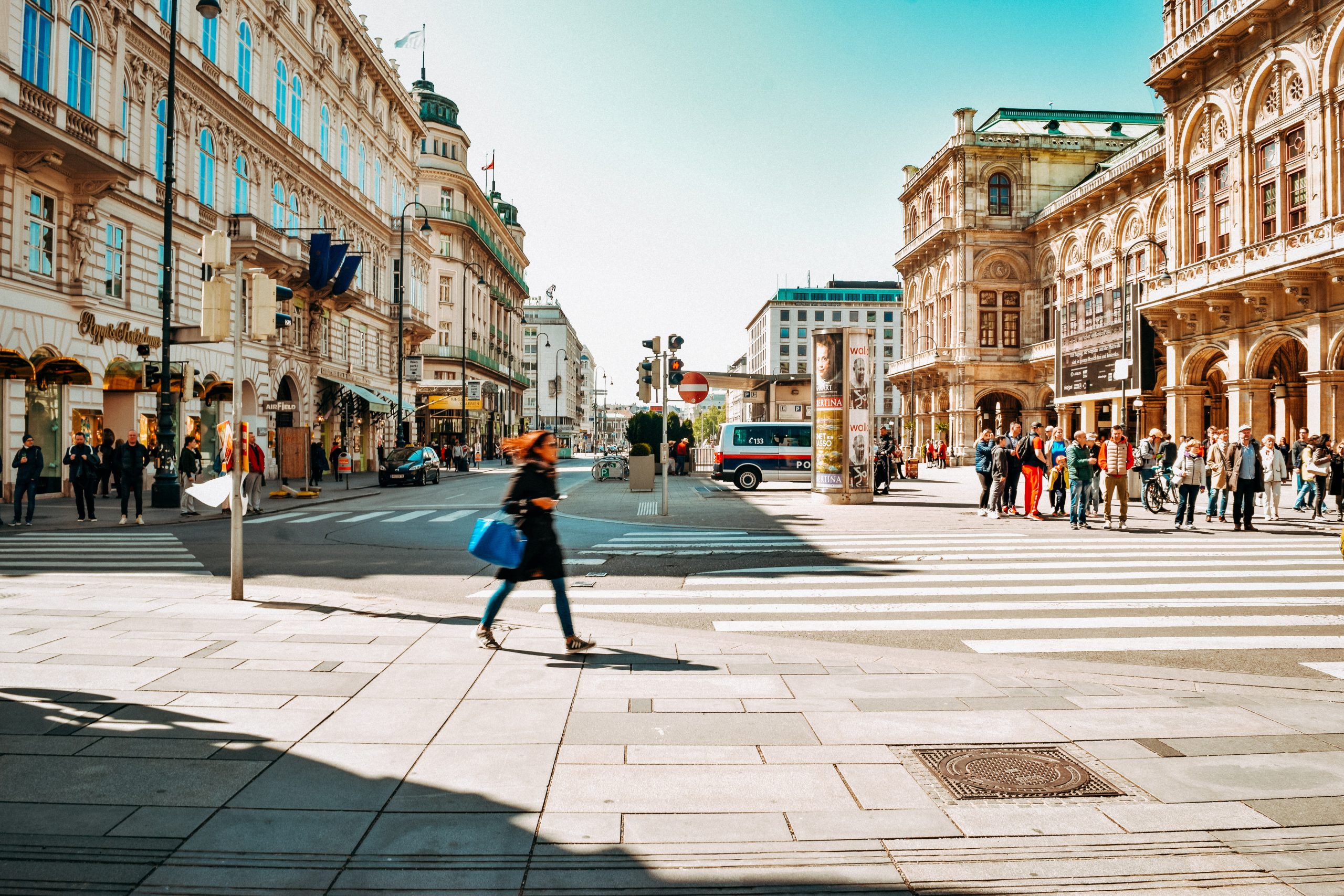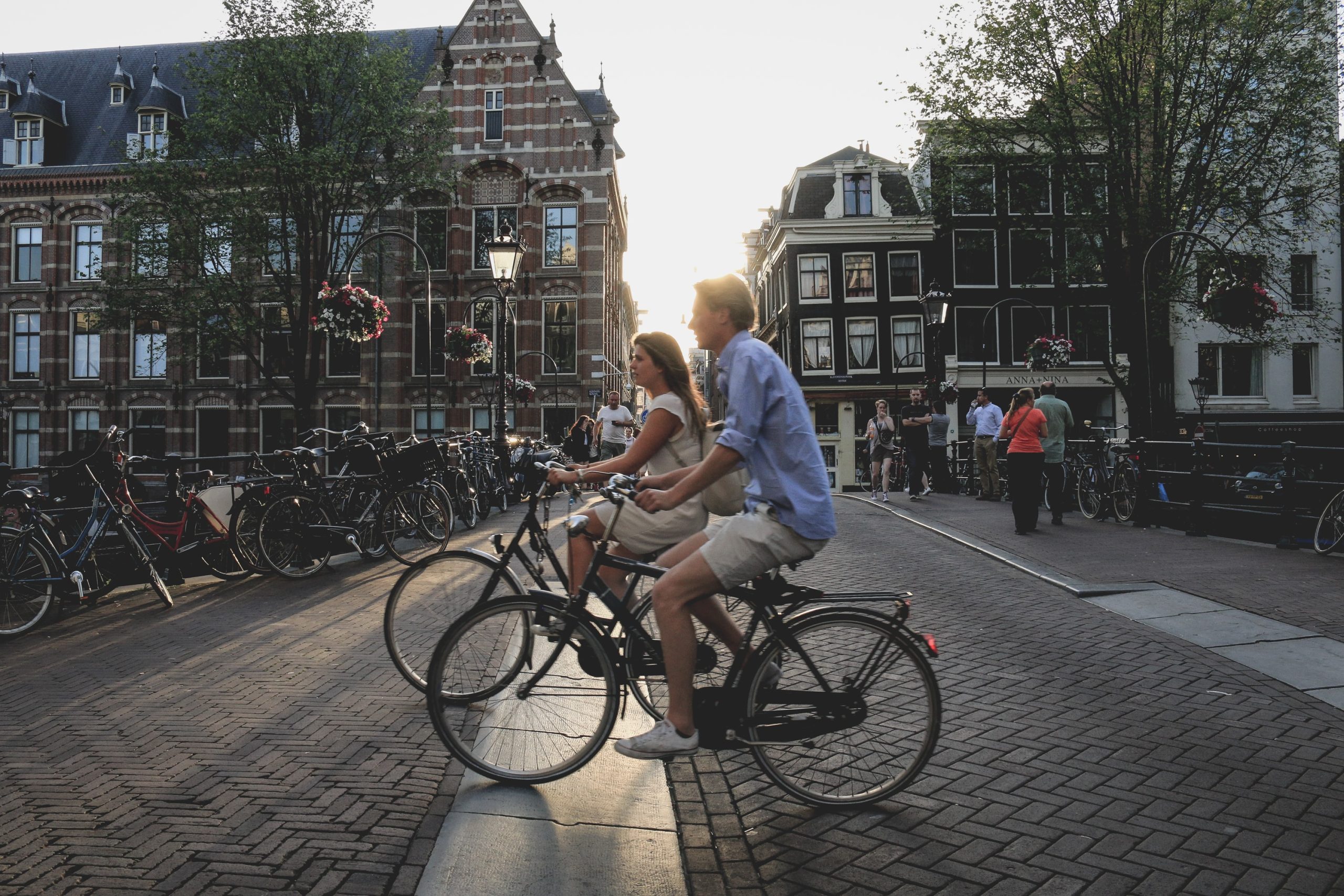
Billboard
Skyscrapper
Halfpage
Even though the COVID-19 pandemic is not over yet, cities all over the world are now taking stock and considering the lessons they learned during the pandemic. Read more about the popular 15-minute city concept and whether it makes for an ideal post-Covid city.
What is the 15-minute city?
A 15-minute city is a city where citizens can meet all their daily needs within a 15-minute walk. In these cities, there are no long commutes, people know their neighbours, and streets are vibrant and inclusive. Carlos Moreno, a Colombian author, systems specialist, and professor, is a thought leader for the 15-minute city. According to him, these cities offer a high quality of life and are people oriented. Citizens can access all urban services they might need within a 15-minute walk, cycle, or public transport journey from their home.
The Parisian mayor Anne Hidalgo is one of the leaders supporting the 15-minute city. She advocates for this design approach to create just, sustainable, and liveable post-Covid cities. Paris is already on its way to a less car-oriented, multi-functional and people-friendly city. Other European cities, such as Stoke Newington in the UK or Hamburg in Germany, are also on their way to a 15-minute city.
Other cities, such as for example US American metropolises, struggle with the concept. They have strict planning regulations that often prevent mixed-use neighbourhoods and favour economic growth. Particularly the distance between homes and workspaces is hard to reduce. In cities like London, office-based businesses locate in the centre due to better transport links and prestige.

What are the advantages of a 15-minute city?
15-minute cities bring many benefits: They make cities more liveable, more walkable, healthier, more sustainable, and more economically productive. Their mixed-use, medium-density, and active travel focus can solve many urban problems. Streets in 15-minute cities like Paris are designed for the human scale and for pedestrians. This means they invite citizens onto the streets, fostering a connected neighbourhood, and a sense of community. Studies show that residents of walkable neighbourhoods are more likely to know their neighbours, trust them, and take an interest in community life.
But 15-minute cities are also inclusive in the sense of addressing urban inequalities. They improve access to urban services. Regardless of having access to a car, in the 15-minute city, all key urban services are only a maximum of 15 minutes away. This benefits non-driving low-income groups, elderly and young people, and everyone else who might currently lack independent access to the city.
Active travel is another key concept of post-Covid cities. Here, streets are walkable, wheelable, and bikeable rather than being designed for cars. This makes cycling, scooting, and walking more attractive options. In turn, active travel brings health benefits, reduces traffic accidents, and increases air quality. The modal shift from cars to active travel can reduce the CO2 emissions from car travel. Pedestrians and cyclists are also more likely to shop locally and stop at independent businesses, thus supporting the local economy.
Which challenges does a 15-minute city bring?
Of course, the 15-minute city also has its flaws. To create an effective and equitable “building back better” model post-Covid, city makers must consider the following challenges:
- Equity: Plans to make neighbourhoods more walkable and accessible can lead to gentrification, pricing out poorer residents into less walkable areas of the city.
- Affordable housing: Property prices in liveable and walkable neighbourhoods are often several times higher than those in unwalkable neighbourhoods. Therefore, post-Covid cities must consider affordable housing solutions.
- Participatory planning: Participatory mechanisms help to mobilise neighbours and meet their needs. In Paris, up to 10% of the city’s budget is determined by participatory practices.
- Connection: Even though a 15-minute neighbourhood should be relatively self-contained, it must also still link to the rest of the city. After all, cities are places of opportunity that live from the constant exchange of people.
- Financing: Funding for the 15-minute city can be considerable. In cities with a medieval past, it is often easier to implement more walkability, whereas other urban designs might struggle to make the switch to 15-minute neighbourhoods.

What could the post-Covid city look like?
Many cities have taken big steps towards more walkability and active travel during the COVID-19 pandemic. For example, Milan in Italy implemented pop-up bike lanes and decided to keep them permanently as early as 2020. The changes from the pandemic are therefore a new guidance for urban development in some cities.
The 15-minute city serves as a guiding light to imagine a more liveable, more sustainable, and healthier post-Covid city. Importantly, urban leaders and city planners must ensure that the chosen measures improve social equality in cities, rather than exacerbate matters. Only those people who can and want to live in a 15-minute city will benefit from it.
Where 15-minute neighbourhoods are a result of participatory processes and include affordable housing, they can succeed in creating more equitable and sustainable cities. In this way they can represent a paradigm shift, allowing everyone to reimagine cities post-Covid.
According to Carlos Moreno, cities such as Mexico City, Buenos Aires, and Bogotá already have a higher percentage of transit and bike riders, as well as extensive mass transit infrastructure. This can help them to easily nurture a network of walkable neighbourhoods. The revealing nature of the pandemic can lead to new opportunities.
From pop-up intervention to permanent urban change: Read more about Milan’s Strade Aperte concept here.












